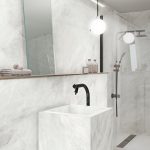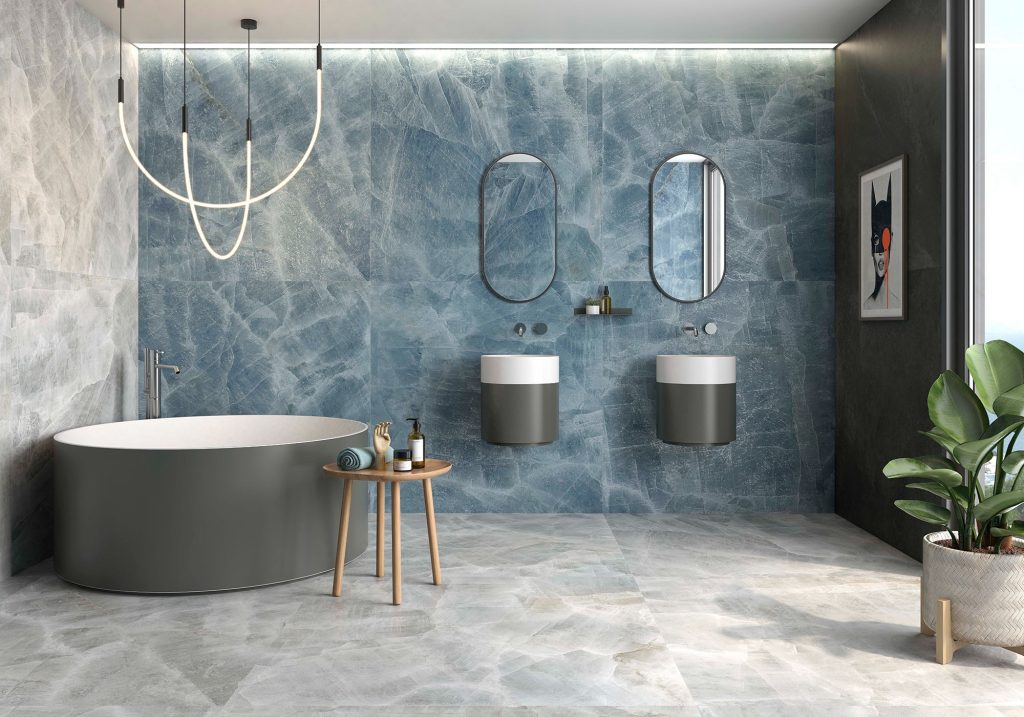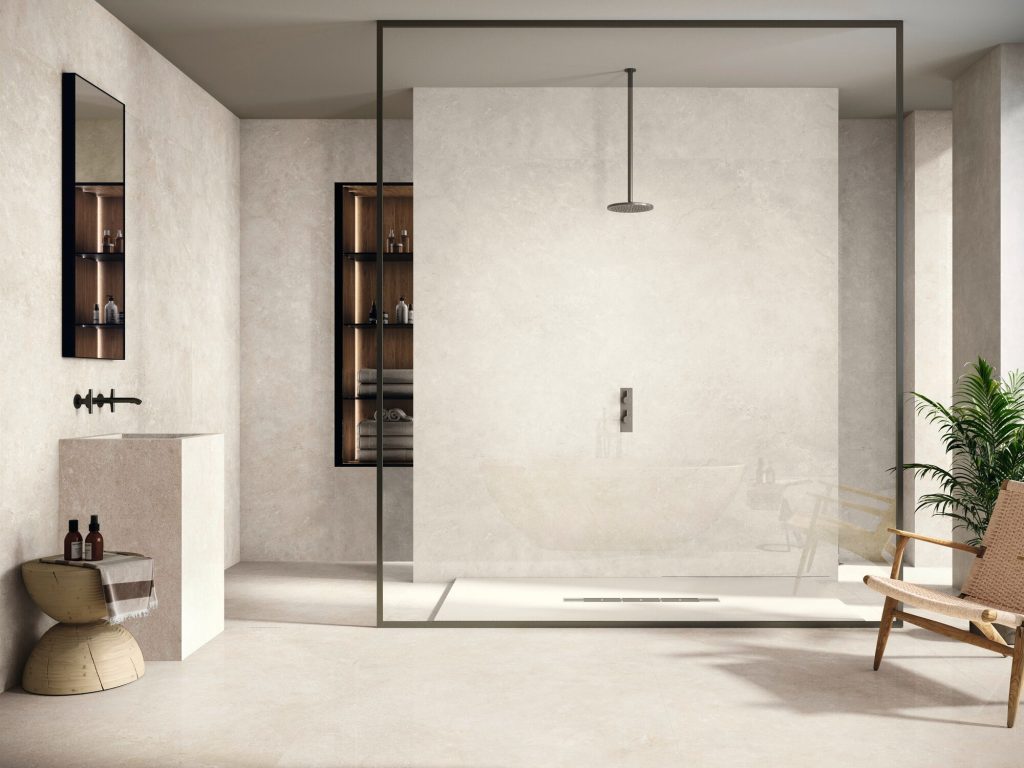The bathroom is a personal oasis of comfort and style. It shapes the ambiance of your space. Therefore, making it functional and beautiful depends on the choice of materials used for tiles. As experts, we recommend the article guides you through the material you can select for your bathroom tiles based on the basic aspects like durability, moisture, slip resistance, and maintenance.
Understanding Different Bathroom Tiles and Their Materials
Before you pick out bathroom tiles, begin by understanding the materials. As several aesthetic ones look good in the short run, but after a while, you will regret investing.
Floor tiles and wall tiles materials are available and need to be selected based on:
- Durability
- water resistance
- Handiness in cleaning
- Maintenance
- Visuals.














